Variety is the spice of life, but when it comes to wine, it’s easy to feel overwhelmed by all of the choices. Armed with gourmet goodies from Bloomy Rind and Puopolo Candies in Hingham Square, we paid a visit to local wine expert Ralph Hersom, owner of Ralph's Hingham Wine Merchant., to learn a few helpful tips for pairing wines like a pro.
Photography by Derrick Zellmann
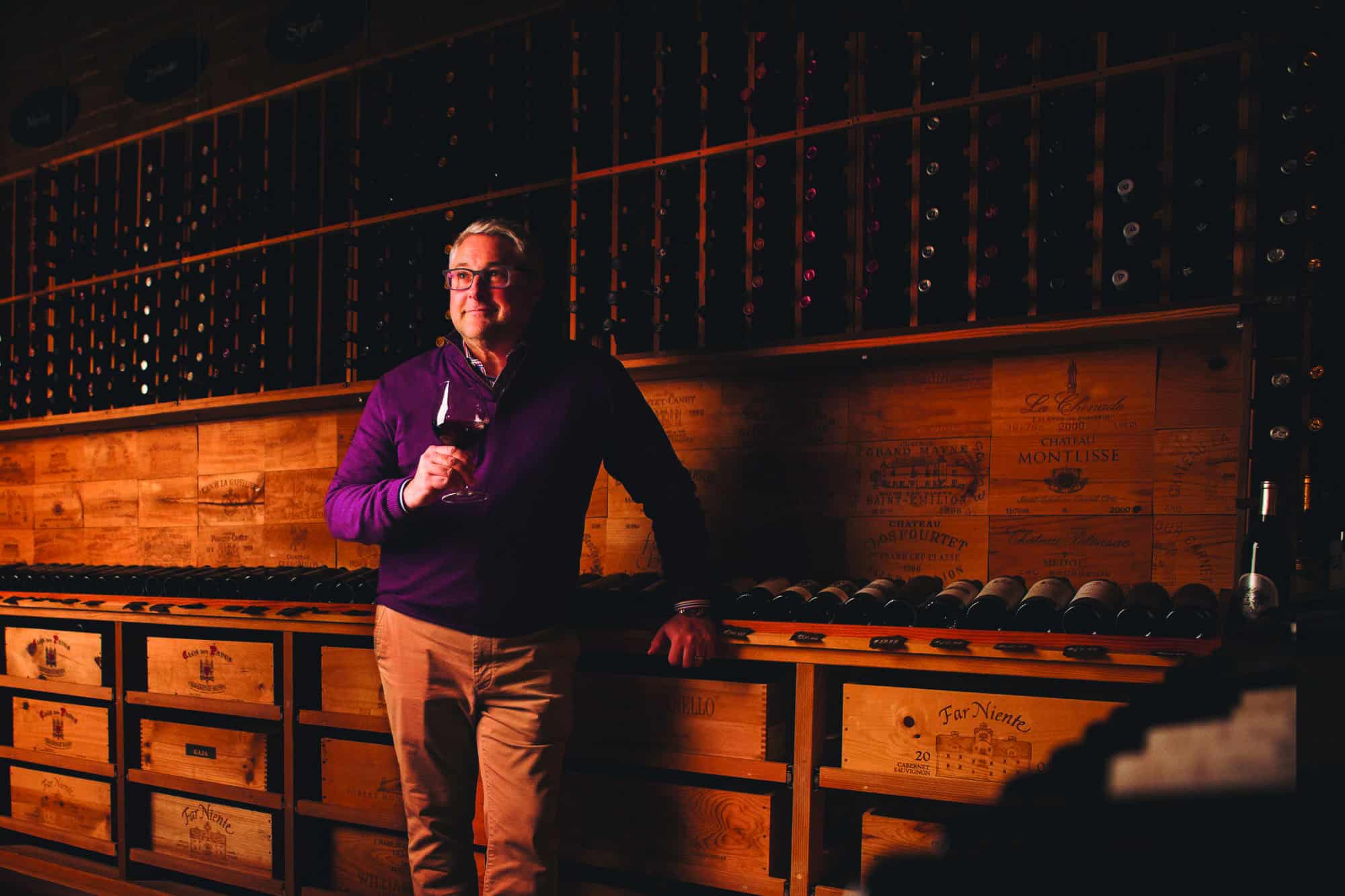
Wine Pairing Cheat Sheet
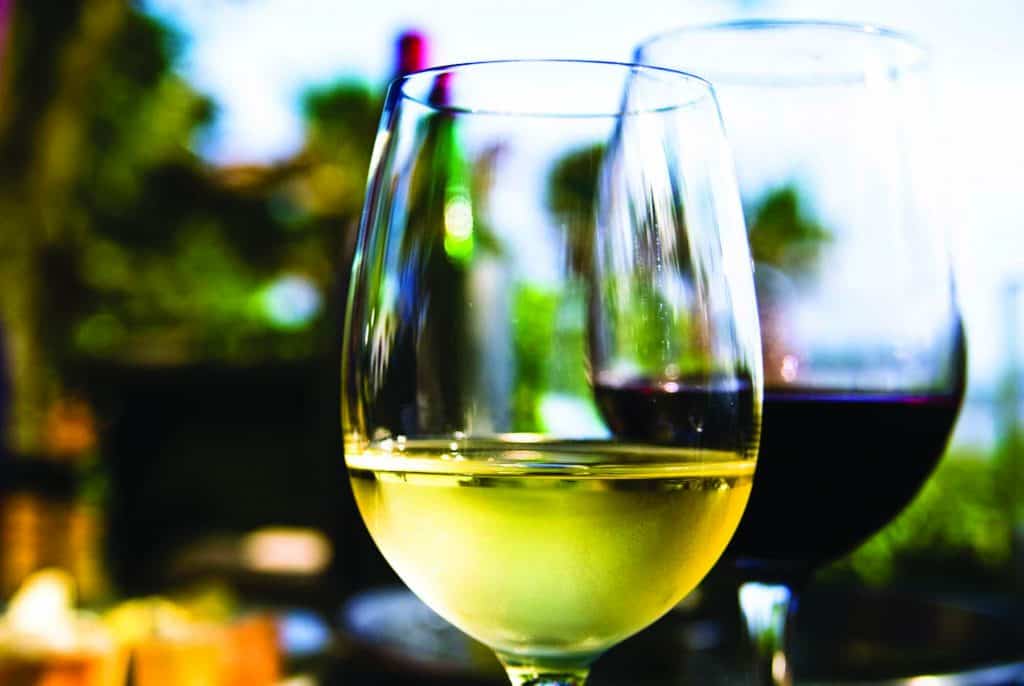
Dry Whites Before Sweet Whites
A good example of this would be sauvignon blanc before riesling. If the order were switched, the sauvignon blanc taste and flavor would be masked by the sweetness of the riesling making it seem almost too bitter or tart. For a successful dessert pairing, be sure that the wine is sweeter than the dessert being served.
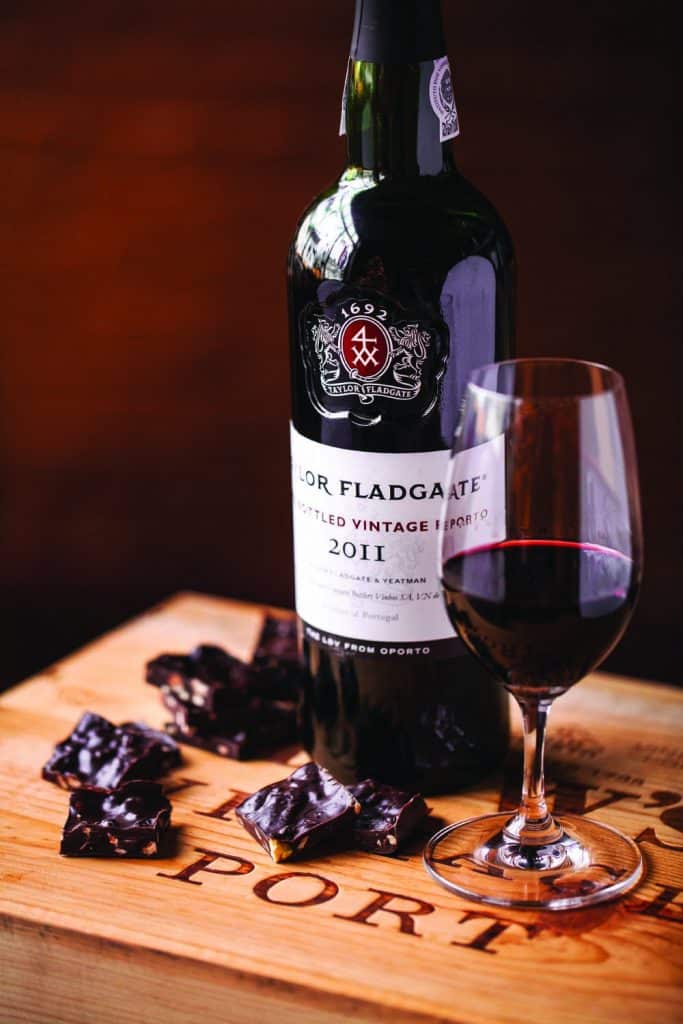
Serve White Wine Before Red
This is usually the natural progression of most wine-pairing dinners. It is best to begin with some type of sparkling or lighter white wine before moving onto red wines.
Lighter-Bodied Wines Before
Fuller-Bodied Wines
Pour a pinot noir before a cabernet sauvignon, for example. If the order were switched, the pinot noir would taste thin and diluted in comparison to the heavy red. If you’re drinking white wines, sip a sauvignon blanc before chardonnay.
Proper Temperature is Key
I assist lots of collectors with their wine cellars, from buying and selling wines to helping to oversee construction. The perfect cellar conditions for the long-term storage of fine wines is a room that is void of any sunlight with a temperature of 55 degrees and 70 percent humidity. Folks with wine refrigerators can dial in that temperature. I like to pop white wines in the refrigerator prior to serving to bring the temperature down a bit further; and I let sparkling wines chill the longest. I like to enjoy reds directly from the cellar and allow them to warm gradually in the glass. Lighter reds, like pinot noir or Gamay-based Beaujolais can also be put in the refrigerator prior to serving for a few more degrees of chill time, especially during the summer months.
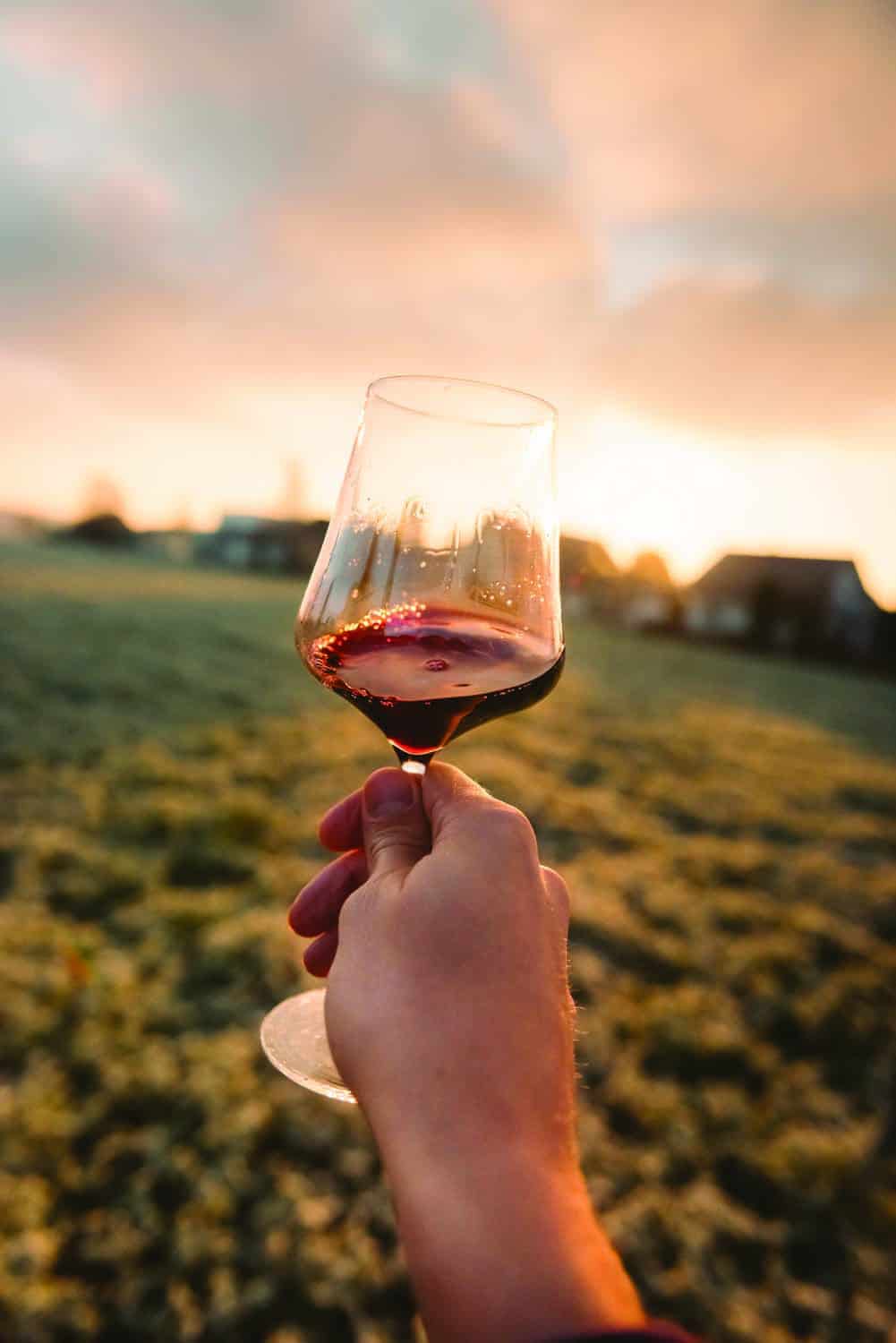
The When and Why of Decanting
Almost all wines, whether white or red, benefit from some type of aeration. Simply pulling the cork does nothing to help a wine breathe. I like to tell my customers, “you need to let the genie out of the bottle for the magic to happen.” Young wines benefit from the extra aeration allowing them to become more approachable, and older wines need decanting to remove the sediment that has resulted as part of the aging process. I am often asked my thoughts on an aerator and while I don’t use one, as I prefer a decanter all of the time, they are great to help a young wine breathe in a short amount of time. My only caution would be to make sure the wine you are aerating does not have any sediment otherwise you will be creating the “wave effect” as I like to call it, making the wine muddied.
Glassware Size Matters
I am not a fan of stemless glasses—there, I said it! The whole purpose of a stem on a wine glass is to keep your warm hand away from the bowl of the glass so the wine doesn’t warm too quickly. My brand of choice is Riedel’s Sommelier Series, the famous Austrian glass company. Some of my fine wine-collecting buddies prefer Zalto, which are excellent glasses, albeit very expensive.
Favorite Flavor Combinations
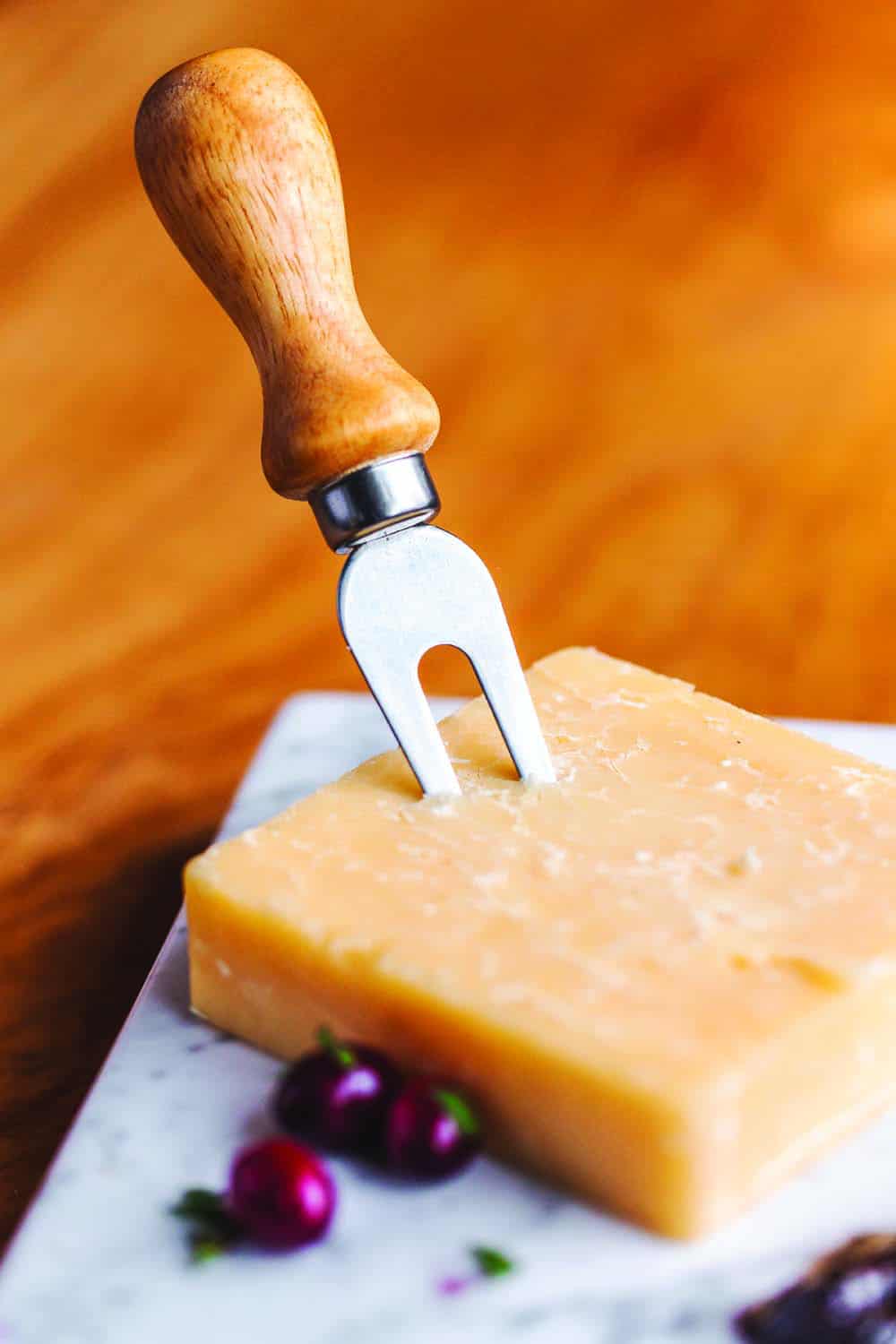
Sheep’s Milk Cheese
A great Spanish sheep’s milk cheese like La Marquesa Manchego deserves a delicious wine, such as a 2014 Vina Real Crianza Rioja, made from predominantly tempranillo grapes grown in Rioja Spain and aged in a combination of French and American oak for 13-14 months. This wine features aromas of ripe fruits (blackberries and black currants) with great structure, a hint of oak and spice and a lingering finish.
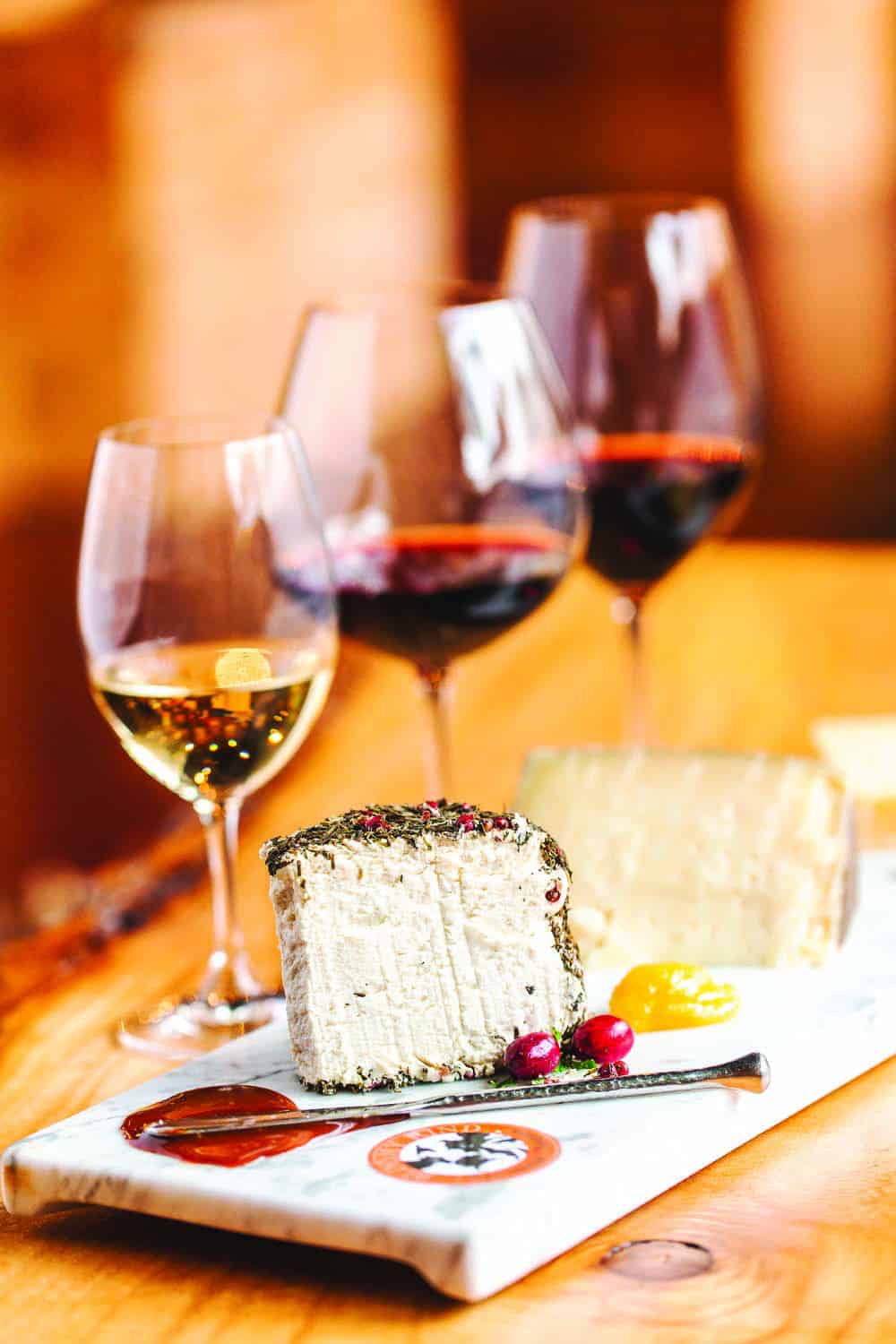
Cheddar Cheese
I love to pair a well-aged cheddar cheese like Prairie Breeze (Iowa) with a full-bodied Grenache-based red with velvety tannins. Try the 2011 Chateau Henri Bonnaud Palette Rouge, made from a blend of grenache, mourvèdre and carignan grapes grown in the oldest and smallest appellation of Provence called Palette. This wine has been aged in French oak for 18 months and features aromas of red fruits like raspberries and red cherries, with herbal notes of juniper, thyme, rosemary and lavender.
Goat Cheese
Fleur Verte Chevre, an herb-coated goat cheese from France, is best enjoyed with a crisp wine with a high acidity. 2017 Jerome Godon Sancerre, made from 100 percent sauvignon blanc grapes from the Loire Valley, France, is a great choice. This wine features the classic sauvignon blanc aromas of green grass but it is slightly more herbaceous.
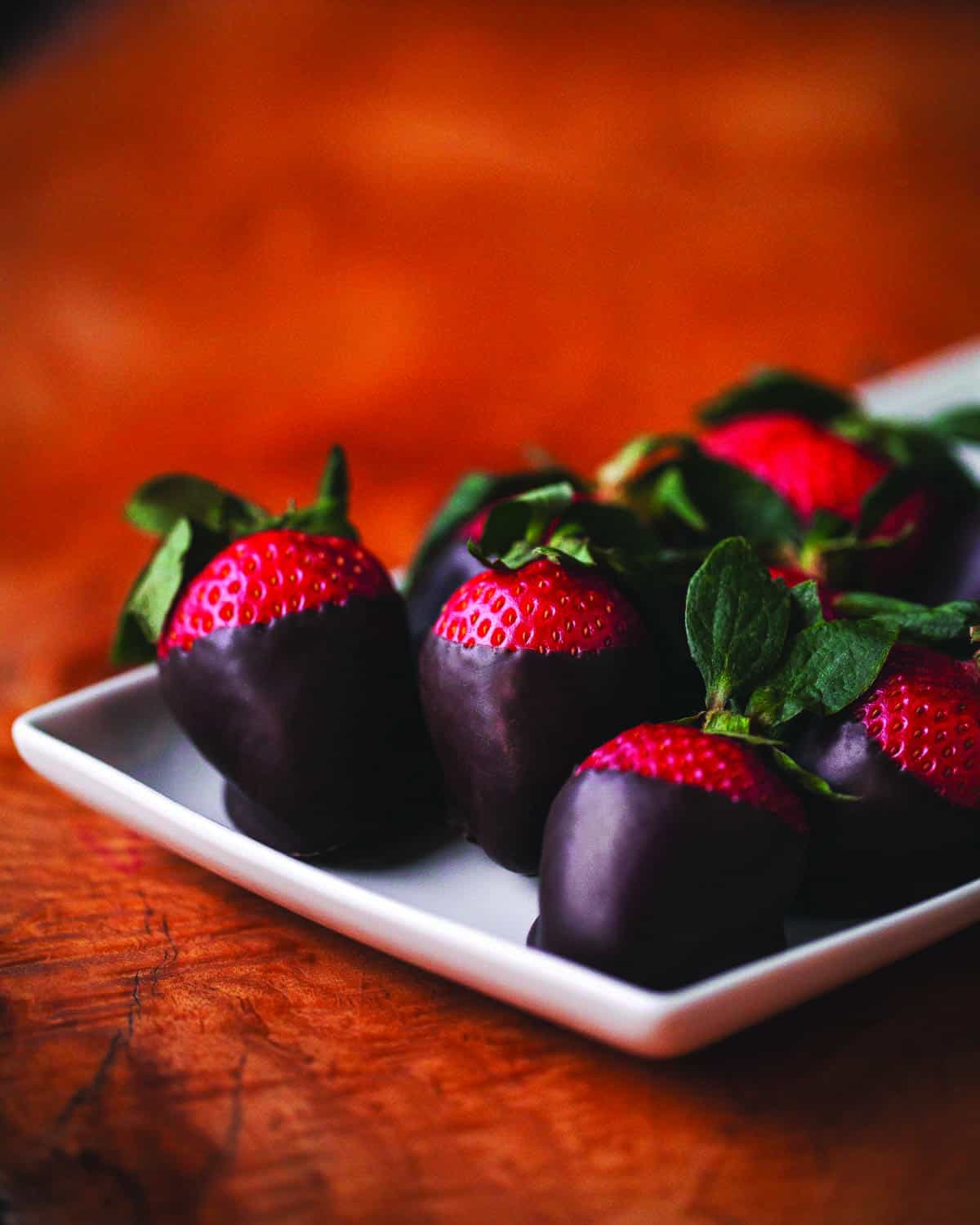
Dark Chocolates
If enjoying dark chocolates, like 72-percent-cocoa Cambra chocolate seashells from Puopolo Candies, I would suggest a 2011 Taylor LBV Port. Made from a blend of touriga francesa, touriga nacional and tinta roriz grapes that grow in the Douro Valley in Portugal, this port has a very floral nose with aromas of black cherries and cassis with flavors of dark chocolate and raspberries. It is a pure pleasure to drink when paired with dark chocolate. The Taylor’s brand was a pioneer of the LBV (Late Bottle Vintage) category of wines, which are bottled after four to six years and is ready to drink when bottled.
Strawberries Dipped in Chocolate
Red fruit-based desserts, such as strawberries dipped in chocolate, pair best with a celebratory dessert wine like the 2017 La Gironda Brachetto d’Acqui. Made from Brachetto grapes grown in the Piedmont region of Italy, this sparkling wine (which by law cannot be higher that 5.5 percent alcohol) has aromas and flavors of red fruits like strawberries and raspberries, and is absolutely refreshing.
